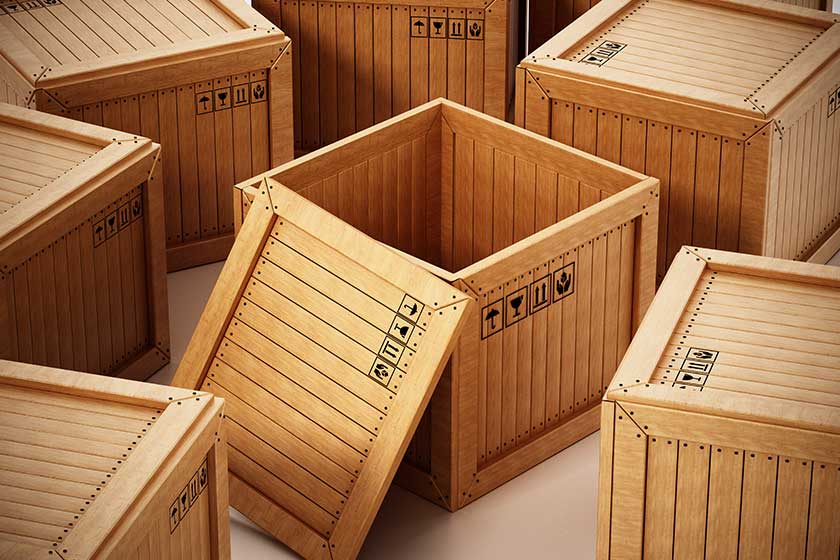November 4, 2023

In the intricate realm of global commerce and trade, the shipment of goods stands as a vital cog in the wheel. Ensuring products move seamlessly across borders without compromising safety or facing regulatory hurdles is crucial. Central to this process is the packing method, particularly shipping crates. Recognizing and adhering to international requirements for shipping crates is paramount, not just for smooth logistics but also for ensuring goods reach their destination in pristine condition. For stakeholders in packing services, a deep understanding of these requirements can spell the difference between success and unforeseen challenges.
Material Standards and Specifications
At the heart of international shipping regulations lies the emphasis on the material of the crate. Wooden crates, given their popularity, have specific standards. The International Plant Protection Convention (IPPC) has set guidelines to ensure that wood used in shipping does not become a conduit for pests. As a result, wooden shipping crates meant for international trade often need to undergo treatments like heat treatment or fumigation. Once treated, these crates are marked with the IPPC logo, signaling compliance. Beyond wood, other materials like plastic or metal, when used for crates, also need to meet standards that ensure durability and safety during transportation.
Size and Structural Integrity
The global logistics chain comprises various modes of transport from ships to aircraft to trucks. Ensuring shipping crates are of a compatible size and possess structural integrity is crucial. Crates need to be designed in a manner that allows for efficient stacking, especially in environments like a cargo ship where space optimization can influence costs. The structural strength of these crates is also under scrutiny. Regardless of the material, crates should be robust enough to handle the rigors of international transportation, which might include rough handling, variable weather conditions, and prolonged storage periods.
Labeling and Documentation
Clear and compliant labeling is the linchpin for smooth customs clearance and efficient handling during transit. International requirements for shipping crates often mandate the inclusion of specific labels. These could range from details about the contents, weight, and fragility to more specific labels related to hazardous materials if applicable. Proper documentation accompanying the crate is also essential. This could include details about the product, its origin, destination, any treatments the crate has undergone (especially for wooden crates), and other relevant details that customs or regulatory bodies might require.
Special Requirements for Specific Goods
Shipping crates carrying specific types of goods might be subject to additional requirements. For instance, crates transporting perishables like food or pharmaceuticals might need to adhere to hygiene standards or possess temperature control capabilities. Those carrying electronics or delicate machinery might need to offer antistatic or cushioned environments to protect against potential damage. Shipping crates for hazardous materials or chemicals have an entirely different set of stringent requirements to ensure safety and prevent environmental hazards.
The labyrinth of international trade, with its vast opportunities, also comes with its set of challenges. At the forefront of these challenges are the requirements for shipping crates, which, when met, pave the way for hassle-free logistics and satisfied customers. packing services that stay abreast of these international standards are better equipped to serve their clients, ensuring goods traverse the globe seamlessly.
